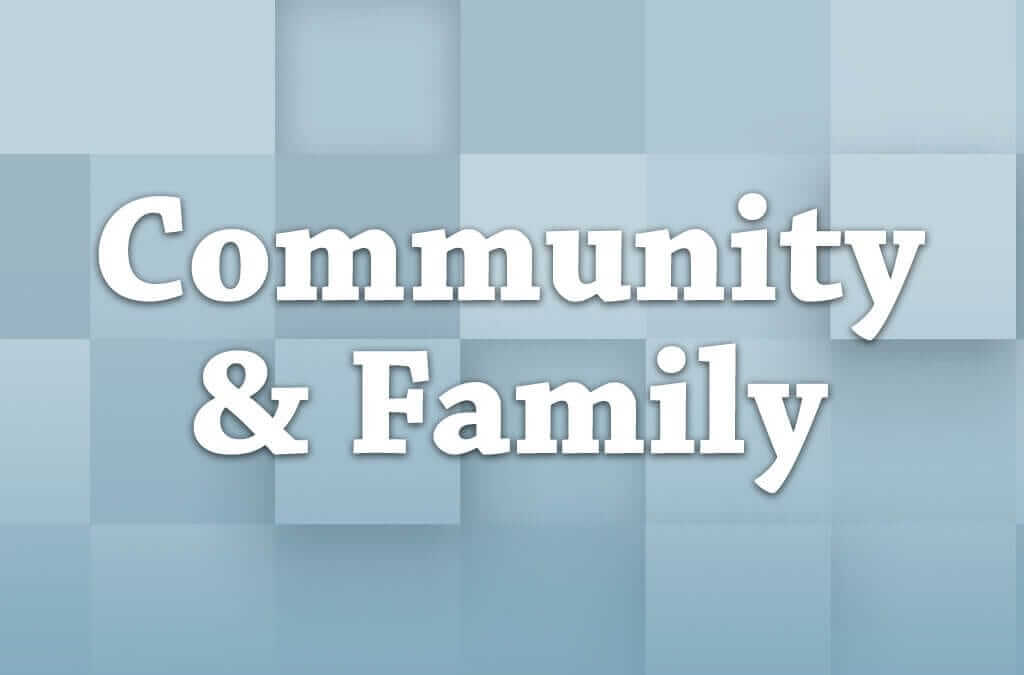Does it seem like you need an advanced degree to figure out the best way to save for your child’s college education? Before you hit the books, we can help you sort through a variety of investment options, each with its own pros and cons. 529 Savings Plans College savings plans created by states are popular because account earnings grow free of federal (and possibly state) income tax and withdrawals for qualified expenses are not taxed. Another advantage is that parents retain control over these accounts. If your child never uses the money, you can name a new account beneficiary — a sibling, for example. However, money that isn’t used for qualified higher education expenses — such as tuition, books, room, and board — will be subject to taxes and possible penalties. Another potential disadvantage is that many plans have limited investment choices. Coverdell Education Savings Accounts Formerly known as Education IRAs, Coverdell ESAs also provide tax-free earnings and withdrawals for qualified education expenses. Unlike a 529 plan, an ESA can be used for elementary and secondary school expenses, as well as for college.* These accounts offer investment flexibility — you generally can invest in any stock, bond, or mutual fund you choose. A disadvantage of Coverdell ESAs is the limit on contributions. The most that may be contributed each year is $2,000 per child, subject to an income-based phaseout.** And, as with 529 savings plans, money that isn’t used for qualified expenses will be subject to taxes and possible penalties. Trusts Trusts established for the benefit of a minor are popular with grandparents who want to help with college expenses and potentially save estate taxes. One advantage is that the trustee has control over investments and distribution of the assets (in accordance with the trust’s terms). If desired, the trust can be structured to take advantage of the $13,000 gift-tax annual exclusion ($26,000 for joint gifts by a married couple). Earnings are taxed, though generally to the trust or beneficiary instead of the donor. Planning can minimize the tax effects. Which option is right for your family? The answer depends on your unique financial situation and your child’s age. In fact, you aren’t limited to only one and may decide to invest in a variety of ways to meet your goals. * Unless Congress changes the law, withdrawals for qualified elementary and secondary school expenses will no longer be tax free after 2010. ** The $2,000 contribution limit is phased out for married-joint filers with adjusted gross income between $190,000 and $220,000 and for single individuals with income between $95,000 and $110,000. The $2,000 annual limit is slated to drop to $500 after 2010.
1-888-692-2654

